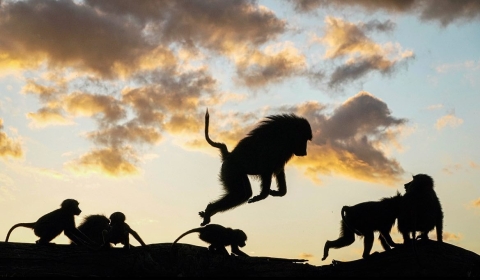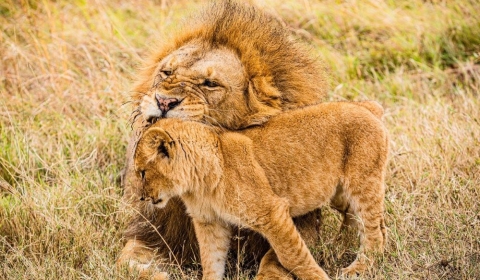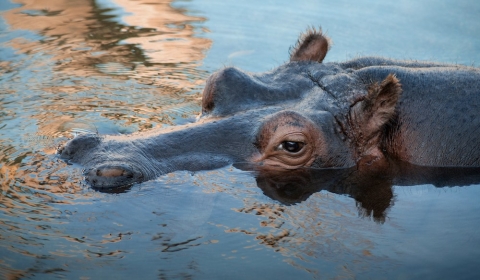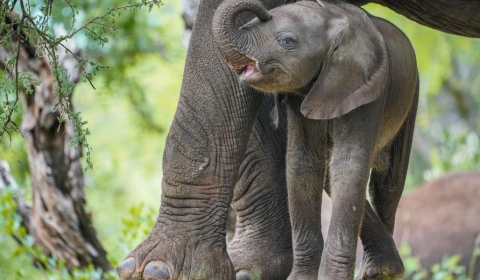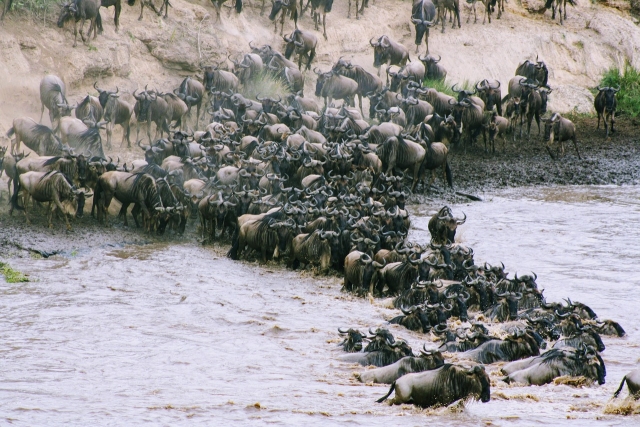
The Great Wildebeest Migration Experience
Overview
The Great Wildebeest Migration is one of the most spectacular wildlife events on Earth, occurring annually between Tanzania's Serengeti National Park and Kenya's Maasai Mara National Reserve. This natural phenomenon involves over 1.5 million wildebeest, along with hundreds of thousands of zebras and gazelles, embarking on a continuous cycle in search of fresh grazing pastures and water.
Best Time to Visit
January to March: Calving season in the southern Serengeti, where thousands of wildebeest calves are born daily.
April to July: The herds move northward through the Serengeti, encountering the Grumeti River.
July to October: The dramatic river crossings at the Mara River, where wildebeests face crocodile-infested waters.
November to December: The migration heads back south to the Serengeti.
Key Locations
Serengeti National Park, Tanzania: Vast plains where the majority of the migration occurs.
Maasai Mara National Reserve, Kenya: The northernmost point of the migration, known for its dramatic river crossings.
The Experience
Guided Safaris: Expert-led tours in 4x4 vehicles provide close-up views of the migration.
Hot Air Balloon Rides: Aerial perspectives offer a breathtaking view of the herds in motion.
Mobile Camps: Stay in luxury mobile camps that move with the migration, providing an immersive wilderness experience.
Walking Safaris: Guided walks for an intimate connection with the landscape and wildlife.
What to Expect
Wildlife Encounters: Witness large herds of wildebeest, zebras, and gazelles, along with predators such as lions, cheetahs, and crocodiles.
Dramatic River Crossings: The most iconic and perilous part of the migration, where herds brave the Mara and Grumeti rivers.
Calving Season: Observe the birth of thousands of calves and the heightened predator activity that follows.
Photographic Opportunities: Exceptional chances to capture the raw beauty and drama of the migration.
Preparation
Clothing: Neutral-colored clothing, comfortable layers, a wide-brimmed hat, and sturdy footwear.
Gear: High-quality binoculars, cameras with telephoto lenses, and plenty of memory cards.
Health Precautions: Vaccinations and malaria prophylaxis as recommended by travel health advisors.
Booking: Plan and book well in advance, especially for peak migration periods and preferred accommodations.
Conservation Impact
The Great Wildebeest Migration is a vital ecological process, supporting the region's biodiversity and ecosystem health. By participating in a migration safari, you contribute to:
Conservation Efforts: Park fees and tourism revenue support conservation initiatives.
Local Communities: Sustainable tourism provides employment and benefits to local communities.
Wildlife Protection: Encourages the preservation of critical habitats and wildlife corridors.
Regulations
Respect Wildlife: Maintain a safe distance from animals and never attempt to touch or feed them.
Guided Tours: Always follow the instructions of your guides to ensure both your safety and the well-being of the wildlife.
Sustainable Practices: Minimize your environmental footprint by adhering to responsible travel practices.
Join Us for an Unforgettable Adventure!
Embark on a journey of a lifetime and witness the awe-inspiring Great Wildebeest Migration. Book your safari today and be a part of this extraordinary natural spectacle.
